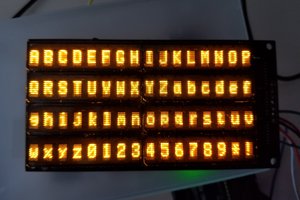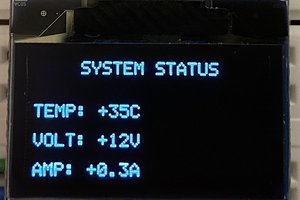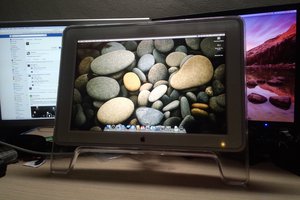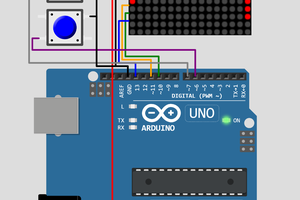I felt that there might be interest in a general purpose dot matrix sign display that was very easy to hook up to maker projects. This means that it should work on 5V and use an SPI interface. Commercial sign displays seem expensive and not very flexible or easy to use. The features of my display will be:
- 128 x 16 LED dot matrix display
- Three brightness levels per pixel
- Overall fine brightness control
- SPI interface
- 5V operation
- Fast and responsive, based on ARM CPU
- Intuitive command set
- Lots of cool built-in bitmap fonts
- Animations and transitions
- Easily send custom bitmaps and animations
- I endeavor to keep the cost as low as possible
- Useful for any project that needs to display mostly text, e.g. custom pinball game
The current status is that the hardware is designed and built, and the prototype works fine. I am now focusing on writing software.
 robotbugs
robotbugs
 sjm4306
sjm4306
 alcor6502
alcor6502
 Thomas Chanon Wangtrirat
Thomas Chanon Wangtrirat
 Uri Shaked
Uri Shaked